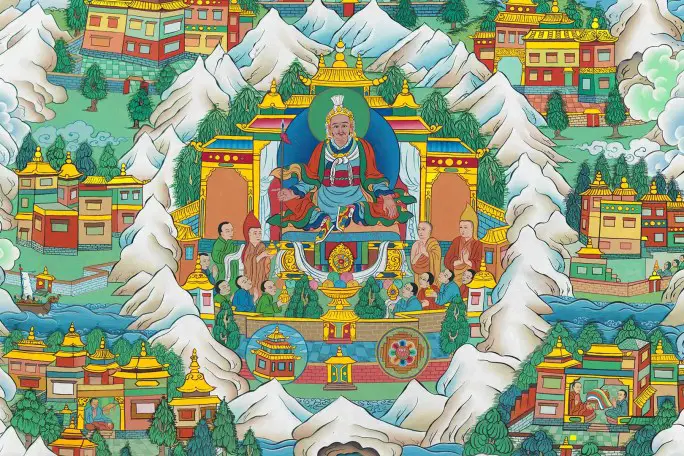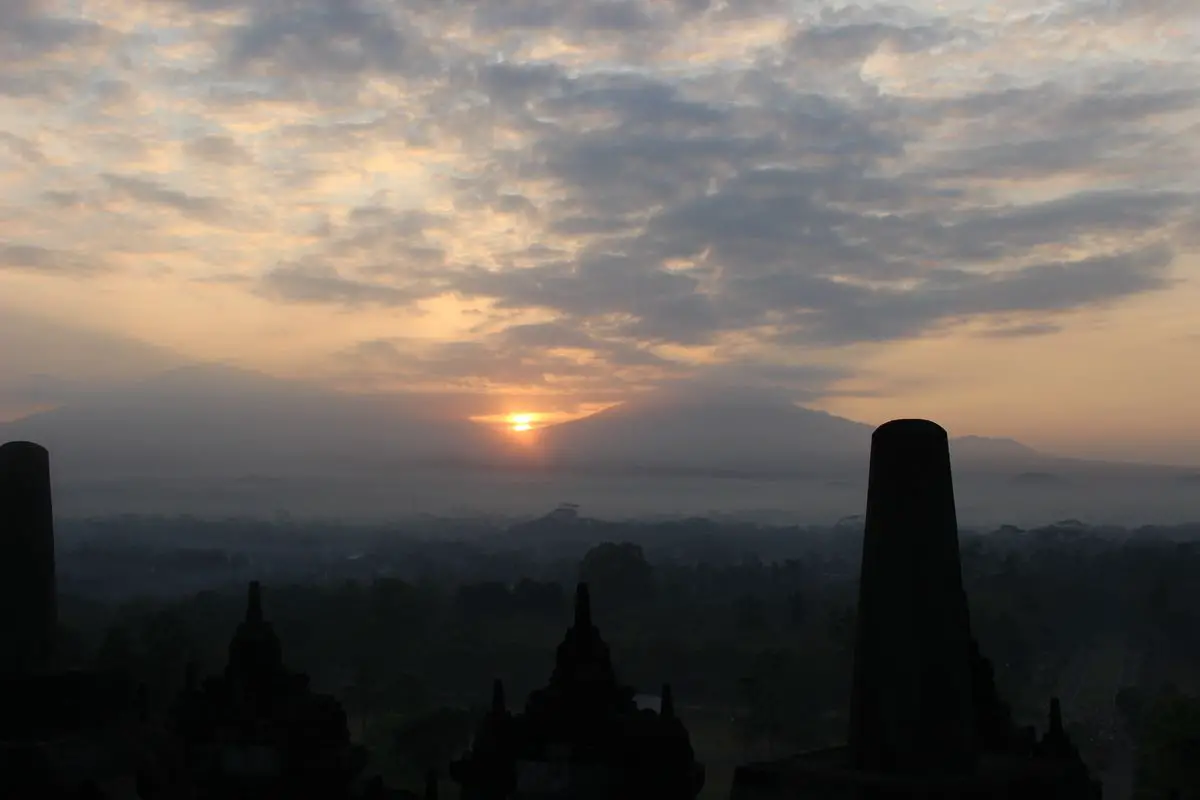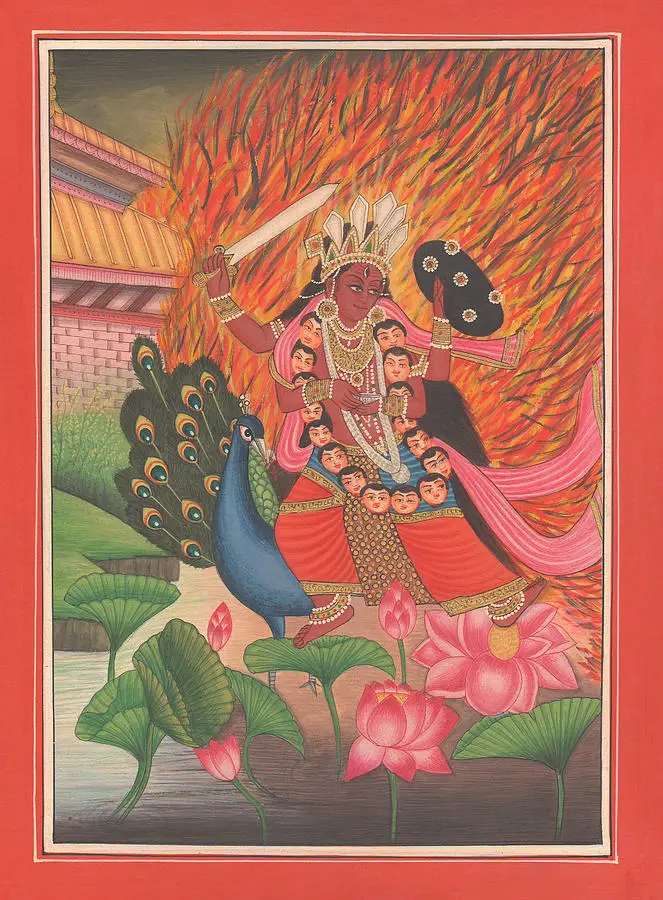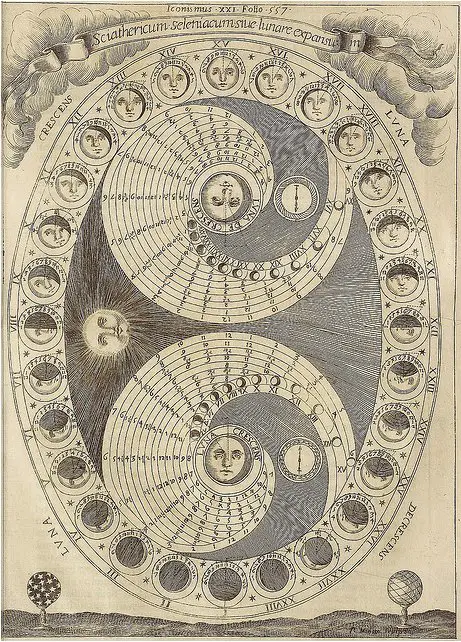Tag: Hinduism
PDF / SLIDES: Parallelisms between Dante's infrworlds and the Indo-Buddhist and shamanic tradition of Asia
We make available for download the slides we used in the two conferences on Dante and the inframondi in the oriental tradition - that of yesterday for UniTreEdu and that of today at the General States of Psychedelia in Italy 2021. The notes are based on our essay with the same title forthcoming in the annual register of the magazine «ARTHOS», n. 30 / year 2021.
Mircea Eliade: "Cosmic cycles and history"
"Even within the framework of the three great Iranian, Jewish and Christian religions, which have limited the duration of the cosmos to a certain number of millennia, and affirm that history will definitively cease in illo tempore, there are traces of the ancient doctrine of the periodic regeneration of history »: Very ancient doctrine that Eliade, in his essay“ The myth of the eternal return ”, finds in the Babylonian, Hindu, Buddhist, Germanic and Hellenic tradition.
Auras and inner lights
Since the perception of a light characterizes the apparition of the divine, the luminous has always been associated with the numinous. The great dilemma that Walter Benjamin proposes is whether the visual impression is determined exclusively by the biology of the human eye or is also characterized by cultural and historical specificities. This contribution seeks to reconstruct how the experience of light in the West has changed over the centuries in intensity and suddenness and how its modes of manifestation have changed.
Borobudur, "imago mundi" and "stone book" of the dharma
We went to Java to visit Borobudur, the largest Buddhist temple complex in the world: an unmissable opportunity to deepen its sacred architectural symbolism, following in the footsteps of scholars such as Stutternheim, Paul Mus and Mircea Eliade.
Extrema Ratio: notes on "sacred" suicide
An exhaustive discussion on the way in which, through the centuries and cultural traditions, the act of ritual suicide has been considered and lived.
Shamanic aspects in the cult of Ganesha, the elephant-headed goddess
Starting from Airāvata and the mythology of the "blending of the Ocean of Milk" and then reaching Ganesha, Giuseppe Acerbi aims to identify some esoteric correspondences between the elephant-headed divinities of ancient India, Iran, Japan and the Americas.
On possession in Hinduism
Brief excursus - corroborated by the author's experience in the field - on the phenomenon of possession in Hinduism (both devotional and yogic-tantric) and in related Shamanism
The double spiral and the double movement of emanation and reabsorption of the cosmos
di Marco Maculotti
cover: phases of the moon, taken from "Ars Magna Lucis et Umbrae" by Athanasius Kircher, 1646
In the first essay of this column on the theme of the symbolism of the spiral and the "cosmic rebirth" [cf. The symbolism of the Spiral: the Milky Way, the shell, the "rebirth"] we dwelt on the esoteric meanings of the spiral symbol and the closely related ones of the Milky Way and the shell. In this second appointment we aim to analyze the symbol of the double spiral from an even more 'cosmic' perspective, with regard to the traditions that convey this symbol to concepts concerning the creation (or rather, the emanation) of the cosmos and its reabsorption. We will begin our discourse by examining the Indian Brahmin tradition and comparing it with the Tantric śivaist one of Kashmir, and then analyzing the points of contact, from a religious syncretism point of view, with that — distant in terms of time and space — pre-Columbian of the Nahua-Aztec peoples.









